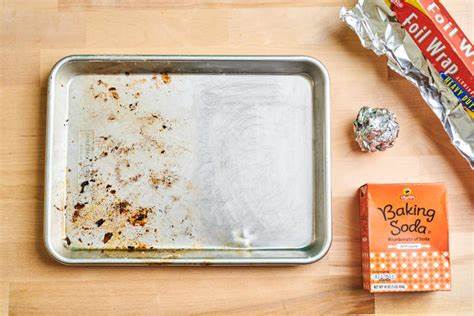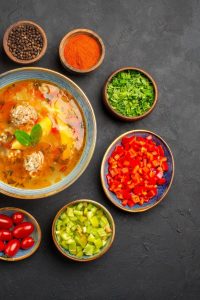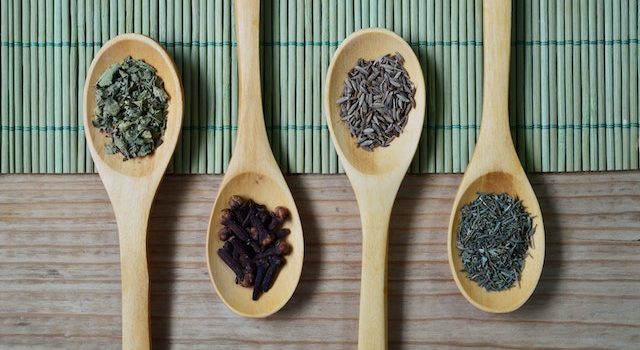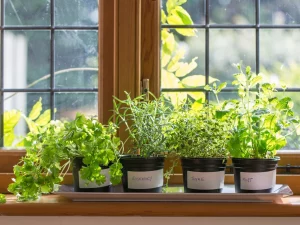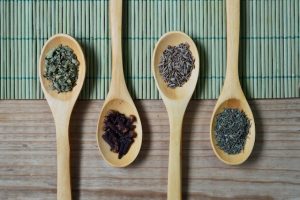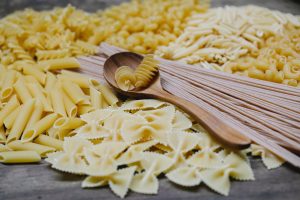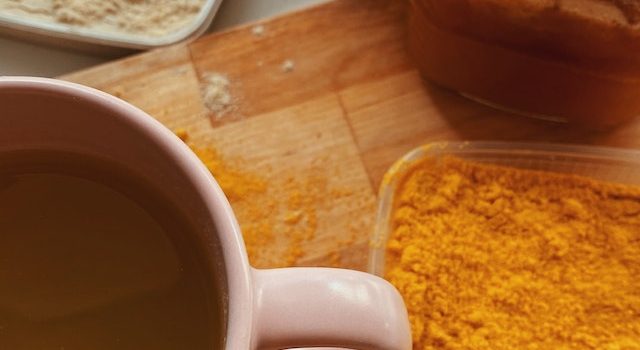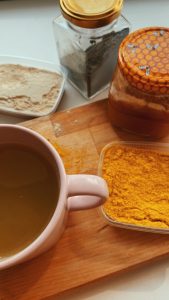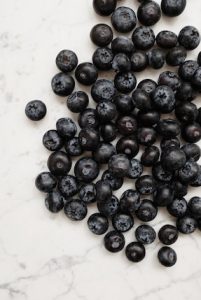
Cleaning dirty sheet pans can be a daunting task, especially when they are covered in burnt-on food residues, stubborn grease, or unsightly stains. While commercial cleaning products can be effective, they often contain harsh chemicals that you may want to avoid. If you’re looking for a natural and eco-friendly solution to restore your sheet pans to a sparkling clean state, the dynamic duo of baking soda and vinegar is your answer. In this article, we’ll take a deep dive into the remarkable cleaning potential of baking soda and vinegar and how they can transform your dirty sheet pans.
The Cleaning Power of Baking Soda
1. Abrasive Yet Gentle
Baking soda, or sodium bicarbonate, is an excellent cleaning agent due to its mildly abrasive nature. It can effectively scrub away residues and stains from sheet pans without scratching or damaging the surface. This gentle abrasiveness makes it perfect for cleaning metal pans, including those with non-stick coatings.
2. Deodorizing Properties
In addition to its scrubbing power, baking soda is a natural deodorizer. If your sheet pans have acquired unwanted odors from cooking, a baking soda scrub can help neutralize and eliminate those odors, leaving your pans smelling fresh and clean.
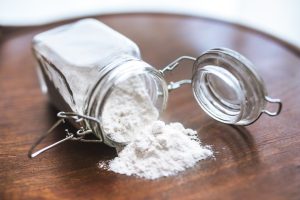
3. Safe for Food Contact Surfaces
Baking soda is safe to use on food contact surfaces. It’s a common ingredient in baking and cooking, so you don’t have to worry about any harmful residues or chemical reactions when cleaning your sheet pans with it.
4. Versatile Cleaning Agent
Baking soda is incredibly versatile. It can be used on its own as a dry scrub or combined with water to form a paste for more effective cleaning. You can also mix it with other natural cleaning agents like vinegar for a powerful cleaning solution.
The Magic of Vinegar
1. Acidic Cleaning Power
Vinegar, especially white distilled vinegar, is known for its acidic properties, making it an effective cleaner for a variety of surfaces. The acid in vinegar can break down and dissolve residues and stains on your sheet pans.
2. Natural Disinfectant
Vinegar has natural disinfectant properties that can help eliminate bacteria and germs from your sheet pans, ensuring they are not only clean but also sanitized for safe food preparation.
3. Dealing with Grease
Vinegar’s acid is particularly effective in cutting through and breaking down grease and oil. This makes it an excellent choice for cleaning sheet pans that have accumulated layers of baked-on grease.
4. Eco-Friendly
Vinegar is an eco-friendly cleaning solution. It’s non-toxic, biodegradable, and safe for the environment, making it a responsible choice for those who prefer green cleaning methods.
The Baking Soda and Vinegar Cleaning Method
Now that we understand the cleaning power of baking soda and vinegar, let’s explore how to use these natural agents to clean your sheet pans effectively:
1. Gather Your Supplies:
- Baking soda
- White distilled vinegar
- A soft sponge or scrub brush
- Warm water
- A bowl for mixing (if making a paste)
2. Dry Scrub with Baking Soda:
- Sprinkle a generous amount of baking soda over the surface of your dirty sheet pan.
- Use a dry sponge or scrub brush to gently scrub the baking soda into the pan’s surface. The mild abrasive action will help remove loose residues.
3. Create a Baking Soda Paste:
- If your sheet pans have stubborn, baked-on residues or stains, it’s time to make a baking soda paste.
- In a bowl, combine baking soda with a small amount of water to create a thick paste.
- Spread the paste over the problem areas on the sheet pan.
4. Let the Baking Soda Work:
- Allow the baking soda to sit on the sheet pan for at least 30 minutes or longer, depending on the severity of the grime.
5. Scrub with Vinegar:
- Once the baking soda has had time to work, dampen your sponge or scrub brush with white vinegar.
- Scrub the sheet pan with the vinegar-soaked sponge, focusing on areas with baking soda paste or stubborn stains.
- The chemical reaction between the baking soda and vinegar will create effervescence, helping to lift and dissolve residues.
6. Rinse and Dry:
- Rinse the sheet pan thoroughly with warm water to remove any remaining baking soda or vinegar.
- Dry the sheet pan with a clean cloth to prevent any potential rusting.

https://th.bing.com/th/id/OIP.nZpQLwKgkhRy3BFnOyRcQQAAAA?pid=ImgDet&rs=1
Eco-Friendly Cleaning Success
By harnessing the natural cleaning power of baking soda and vinegar, you can achieve sparkling sheet pans without the use of harsh chemicals. This eco-friendly cleaning method not only ensures that your sheet pans are clean but also safe for food preparation. Plus, it’s cost-effective and readily available, making it a convenient choice for natural cleaning enthusiasts.
The next time you face dirty and grimy sheet pans, reach for the baking soda and vinegar, and let this dynamic duo work their cleaning magic. Your sheet pans will be restored to their former glory, ready to create delicious meals without the worry of unwanted residues or odors. It’s a natural and effective approach to sparkling sheet pans that you can feel good about.








